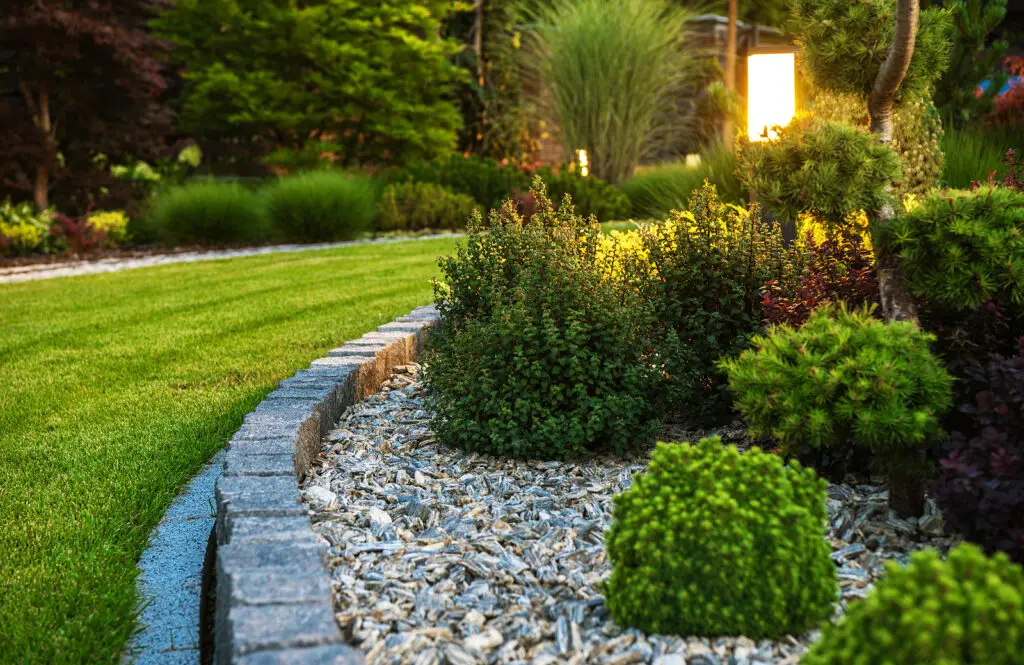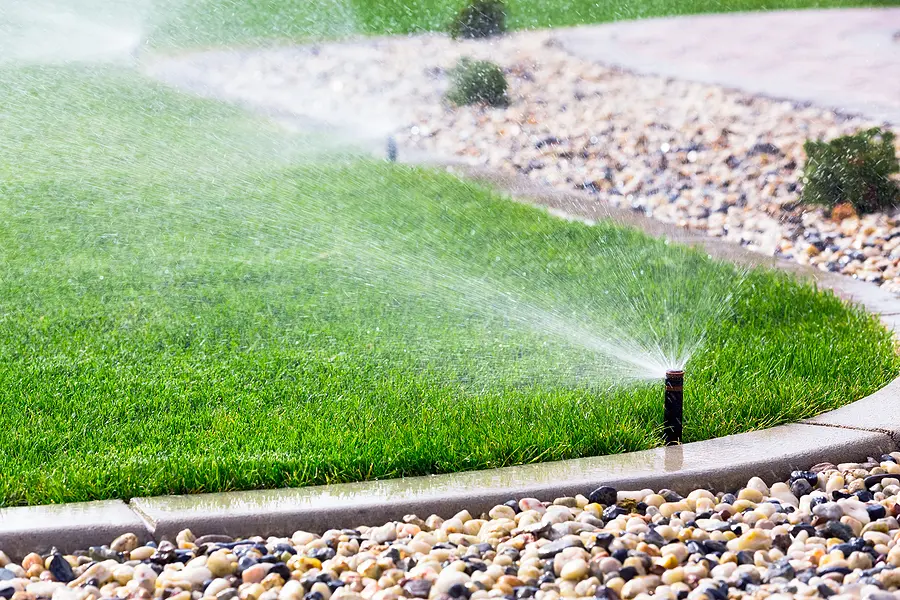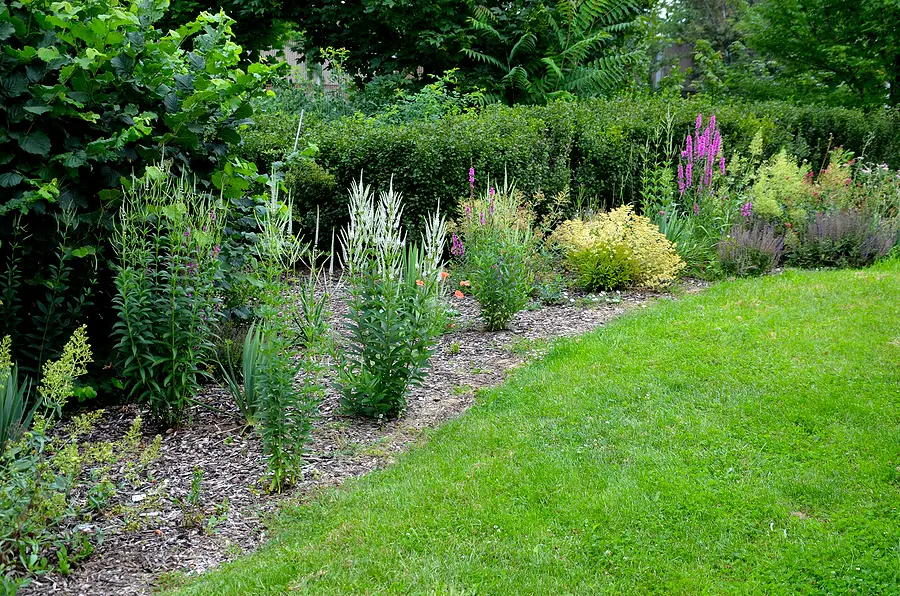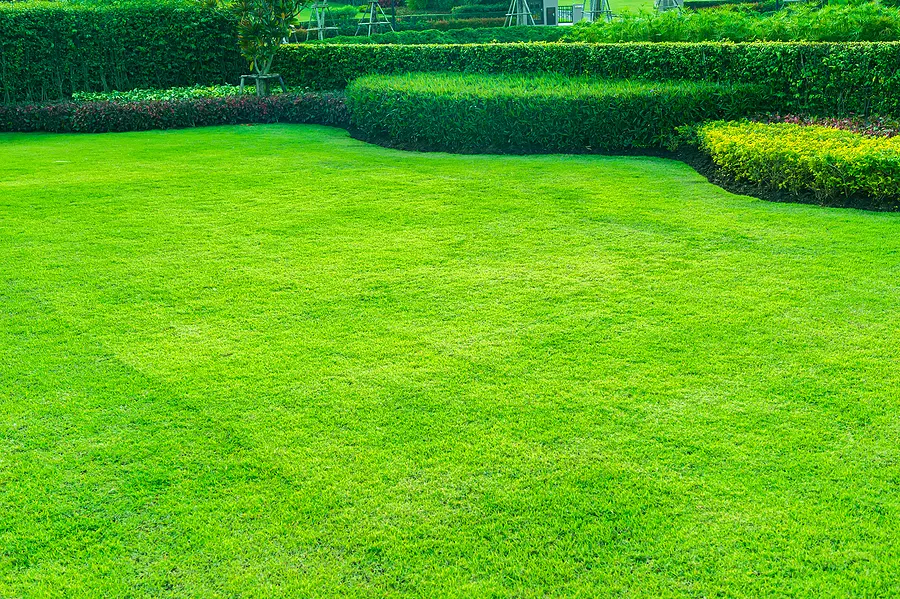How do I Keep My Lawn Healthy in Middle of the Summer?

Your lawn has a rough time during the lazy, hazy days of summer. Read on for some advice on feeding, watering, mowing and seeding to keep your lawn growing strong through the summer months.
You know, contrary to what it feels like, hot, dry days are simply unavoidable during the summer. It looks like lots of lawns are baking in the heat.
But just look around and you will find one or two lawns in the neighbourhood that are as green as all get out. No need to wonder how to make that grass thicker, greener — and ultimately, healthier. Simply add these steps to your summer lawn care routine:
Feed Regularly
Within six to eight weeks of the feeding, soil microorganisms have already processed most of the nutrients that is available for the turf to uptake.
You don’t want them hungry; you need to add back these nutrients. A well-fed lawn grows thick, crowding out weeds and cooling the soil, and weathering the heat. Plus, if you’re fertilizing your lawn with premium lawn food, temperature doesn’t matter. But if your lawn has gone dormant, do not feed until rainfall brings it back to life.
If your lawn looks worse for the wear thanks to summer heat stress, a solid lawn turf product with food for the lawn is the answer.
Healthy lawn solution product with a fertilizer to grow thicker, greener grass with deep roots to help grass spread and crowd out weeds. To simplify summer lawn care, lawn turf and feed lawn food products contain grass fungicide to protect grass against lawn disease (including summer patch, brown spot, and rust) and other summer lawn diseases.

Set of automatic sprinklers watering fresh grass
Mow High
If you are mowing your lawn and you cut it, then you are short-changing your lawn. Green side of grass Longer grass can grow longer roots, which can reach for moisture even during hot, dry days, by which all accounts is happy, healthy grass.
Cutting the grass high also helps crowd out weeds so they can’t move in when your grass is in distress from the heat and drought. Just place your mower on one of the highest settings. You’ll be amazed at how much difference this single step can make. That way, your lawn can recycle the nutrients.
Watering
Watering seems like an obviously important step in summer lawn care, but there’s a good chance the way you’re watering isn’t all that great for your lawn. If your grass has all season long been mown short, you’re going to need to water more often.
But even tall grass requires moisture. So if you decide to water during a dry period, make sure you water deeply and not too frequently. Shallow, frequent watering promotes grass to develop short roots, which don’t reach the water deep in the soil and the grass gets stressed in times of drought.
An inch of water is also a good rule of thumb for keeping a lawn green during a hot summer. Just be sure to water as early as possible in the morning, from 6 a.m. to 10 a.m., to cut back on wasteful evaporation.

Reseeding and Renovation
Older lawns can contain grass species that are simply not used to the heat. The vegetation can be tufts or ugly, coarse blades of grass. And a hot summer can lead to bare spots and thin areas around the lawn.
New varieties of grass have been engineered to be able to withstand harsh conditions and keep looking good. “Products listed top grass seed with bluegrass is the perfect product for open areas with a lot of sun, and stay green even in the scorching heat and drought.
Fall or early spring in the north, is the best time to reseed lawns, or spring to early summer in the south, when the grass will have ideal conditions for growth.
Another option is to reseed your lawn with a top-rated grass seed reseeding lawn product that contains clover so it germinates well and grows fast. Over-seeding your current lawn with clover is an excellent way to have a green, low maintenance lawn that doesn’t require much water.
Its deep roots help your lawn green up in short-term drought and if you return the clover clippings to your lawn after mowing, It self-fertilizes – resulting in a healthier lawn and less work for you.
And there you have it. You can beat the heat and take care of your lawn this summer by making just a few simple changes to your regular routine.

